India courts the Taliban — but has China taken the lead?
Delhi welcomed Afghanistan’s Taliban foreign minister in a high-profile visit, signalling cautious outreach, but China’s early engagement, Belt and Road projects, and strategic timing pose a pressing question: has China already won the race in Kabul? Academic Rishi Gupta explores India’s diplomatic approach and timing.

Delhi finally welcomed Afghan Foreign Minister Mawlawi Amir Khan Muttaqi — the first such engagement since the withdrawal of US forces from Afghanistan in August 2021. Foreign Minister Muttaqi’s week-long visit from 9 to 16 October was a major high-level diplomatic event for India’s Ministry of External Affairs, especially its reference to the Taliban-regime-led foreign minister as the “Afghan Foreign Minister” during official engagements, including in the joint statement released on 10 October.
Interestingly, India does not officially recognise the Taliban regime. Still, upon arriving in Delhi, India treated the Afghan delegation with all diplomatic and security protocols, including a red-carpet welcome. Alongside the Indian tricolour (Tiraṅgā) stood the white and black flag introduced in the erstwhile Taliban regime — the Islamic Emirate.
So far, the Taliban regime has the official accreditation from Russia. Others have found different ways to address the new regime, and India has engaged with it since its takeover in 2021.
What forced Delhi to shift its stance from its soft engagement with the Taliban in the past four years to giving a red-carpet welcome to the Taliban foreign minister?
Interestingly, Muttaqi is currently a sanctioned individual by the United Nations Security Council because of his affiliations with the Taliban. However, he was given an exemption to visit India. While their visit was a significant event in the local and international media, what caught the eye was the Taliban hosting a press conference at the Afghan Embassy in Delhi with Indian journalists, with no female journalists present, which followed heavy criticism in India and abroad by free press bodies and individuals.
As a course correction, Muttaqi engaged with media personnel the next day, denying any intended motive showing bias towards female journalists; but the damage was already done. Yet this episode was not surprising, as the Taliban is known for its harsher treatment of girls and women, but such conduct in a foreign society was unwelcome.
What forced Delhi to shift its stance from its soft engagement with the Taliban in the past four years to giving a red-carpet welcome to the Taliban foreign minister?
The Pakistan factor
The first and foremost factor would be changing regional dynamics, especially the resurfacing of India’s conflict with Pakistan. On 22 April 2025, a terror attack linked to a Pakistan-based terrorist killed 26 innocent tourists in the Indian state of Jammu and Kashmir.
Prime Minister Narendra Modi-led government responded to such an inhumane act by launching “Operation Sindoor” targeting the terrorist camps in the disputed Pakistan-Occupied Kashmir on 7 May in a measured way. In the joint statement, the Taliban regime was cited to have conveyed to India a “strong condemnation of the terrorist attack in Pahalgam, Jammu and Kashmir, India, on 22 April 2025, as well as for the sincere condolences and solidarity expressed with the people and Government of India”.
India’s deepening cooperation with Afghanistan under the Taliban regime has been distasteful for Pakistan.
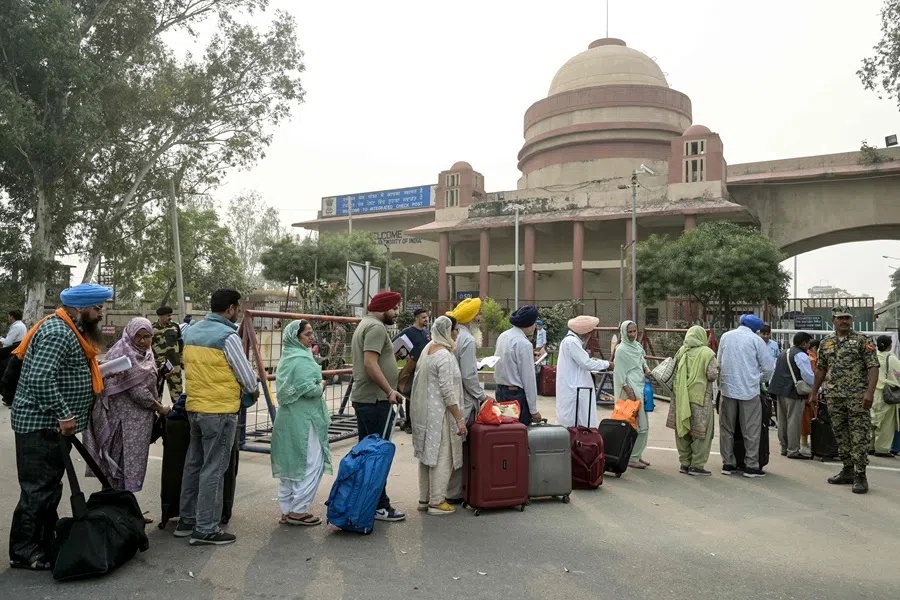
Without naming Pakistan, the statement also added that, “both sides unequivocally condemned all acts of terrorism emanating from regional countries. They underscored the importance of promoting peace, stability, and mutual trust in the region.”
Pakistan, which has historically seen Afghanistan as a strategic backyard, was quick in reaching out to the Taliban leadership after the US withdrew from Afghanistan. But India’s deepening cooperation with Afghanistan under the Taliban regime has been distasteful for Pakistan.
In a roughly worded response to the India-Afghanistan Joint Statement, Pakistan’s Ministry of Foreign Affairs stated, “Pakistan also strongly rejected the Afghan Acting Foreign Minister’s assertion that terrorism is Pakistan’s internal problem. Pakistan has repeatedly shared details regarding the presence of Fitna-e-Khawarij and Fitna-e-Hindustan terrorist elements operating from Afghan soil against Pakistan with support from elements within Afghanistan.”
While India continues to combat Pakistan-sponsored terrorism in all its forms, it also recognises that Rawalpindi — the seat of Pakistan’s military establishment — has long leveraged the Taliban to pursue its doctrine of “strategic depth”, a policy aimed at securing influence and fallback space in Afghanistan to use as a staging ground for training, organising and sheltering terrorists directed against India.
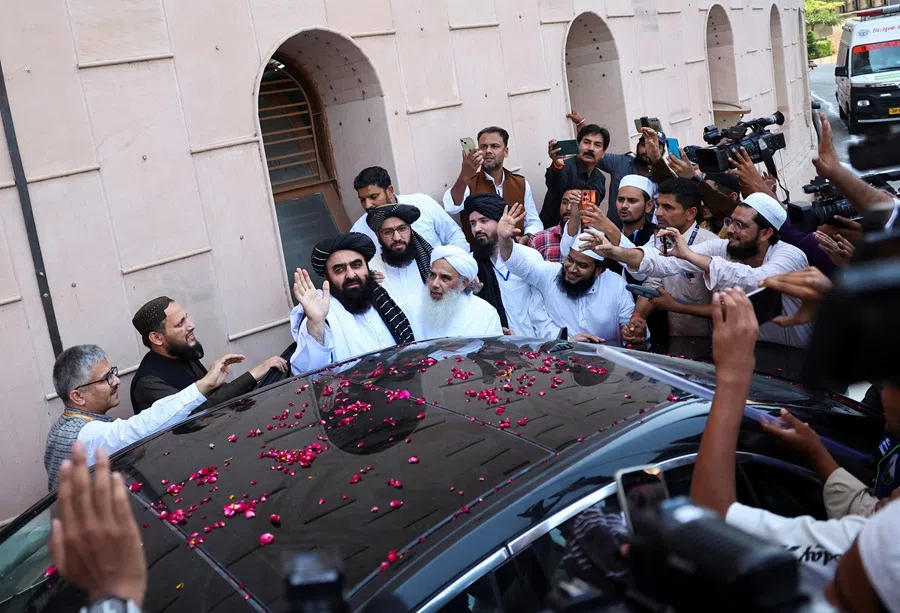
Notably, the world’s most wanted terrorist, Osama bin Laden, was given safe haven by the Taliban in 1996 after being expelled from Sudan, and that is the ground on which he prepared Al-Qaeda’s ground for the 9/11 attacks in New York. Interestingly, Osama bin Laden was found and killed in Abbottabad in Pakistan in 2011, revealing the nexus between Al-Qaeda, Taliban and Pakistan’s “deep state” — military and intelligence services, in particular the Inter-Services Intelligence.
As Pakistan becomes more isolated globally and the Taliban strives for international recognition, Afghanistan risks being drawn deeper into Pakistan’s strategic orbit as a proxy state.
... there appears to be a shift within the Taliban regime, with a growing focus on governance, expanding Afghanistan’s diplomatic ties, engaging in overseas diplomatic visits, and even reconsidering its position on the Durand Line — the colonial-era border with Pakistan.
India: cautious and pragmatic
While India enjoys strong goodwill among the Afghan people, the Taliban is widely seen by India as an unreliable actor and a potential security threat. In 1999, the Taliban was seen as complicit in the hijacking of the IC 814 plane — an Air India aircraft with around 200 passengers in 1999. In 2008 and 2009, Taliban-supported groups had claimed attacks on the Indian mission in Kabul.
Meanwhile, the nexus between Pakistan’s “deep state” and Taliban was evident from such episodes, and hence, India remained wary of the Taliban. However, there appears to be a shift within the Taliban regime, with a growing focus on governance, expanding Afghanistan’s diplomatic ties, engaging in overseas diplomatic visits, and even reconsidering its position on the Durand Line — the colonial-era border with Pakistan.
While Muttaqi was in India, a fierce conflict broke out with Pakistan as the latter launched a series of attacks in Afghanistan, alleging that the Taliban was sheltering Tehrik-e-Taliban Pakistan, a group of terror outfits active against Pakistan. Amid Pakistan’s strained relations with nearly all its neighbours — including India, Afghanistan and Iran — Delhi’s strategy in Kabul is to leverage its strong presence in Afghanistan to counter Pakistan’s “strategic depth” and gain a closer vantage on its rival.
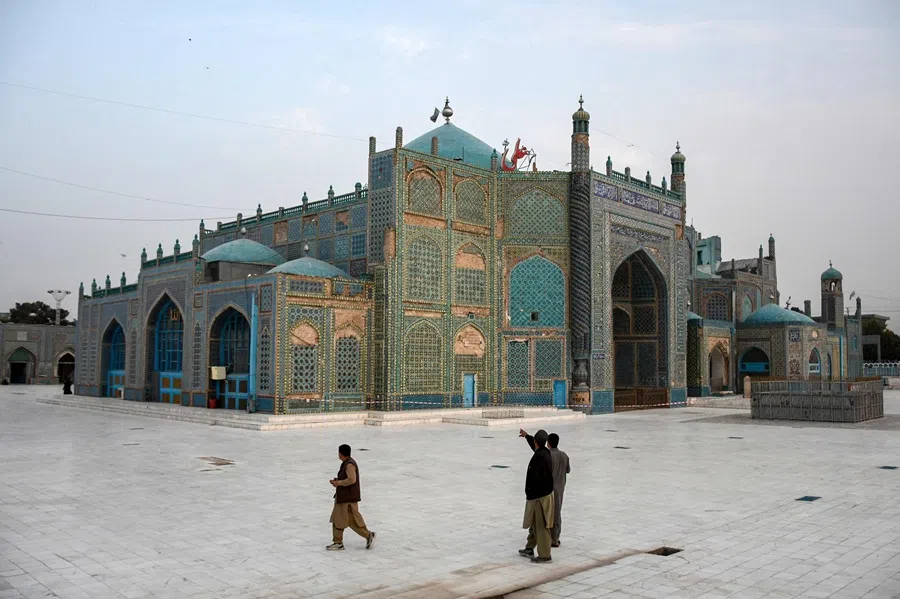
Second, Delhi indicated it would engage with whichever regime comes to power — a pragmatic stance similar to that often taken by the US in Syria. What further attracts Delhi to Kabul is that the new Taliban leadership wants to be more independent in its foreign and security policy than to rely on countries like Pakistan in exchange for strategic bargains.
Also, in the last four years of Delhi’s interaction with the Taliban regime, it has seen a stable political and security situation. Hence, it has now restored its embassy in Afghanistan, which was downgraded to a technical mission post-US withdrawal.
What worked in China’s favour was the timing, as it extended diplomatic support to the Taliban and offered visibility when the global community was still analysing the situation, dealing with the dilemma of “good Taliban, bad Taliban”...
Timing, strategy and influence: China in Afghanistan
China was among the very few countries to reach out to the new Taliban leadership after the US withdrawal and has hosted the Taliban regime in Beijing on multiple occasions since August 2021. Like India, China has also provided humanitarian support since the Taliban took over, but Beijing’s diplomatic overtures were more open and explicit.
What worked in China’s favour was the timing, as it extended diplomatic support to the Taliban and offered visibility when the global community was still analysing the situation, dealing with the dilemma of “good Taliban, bad Taliban” — a phrase that got popularised in the last two decades.
The good or bad was mainly perceived from the context of Pakistan and the US and their understanding of the Taliban. For instance, Pakistan viewed certain Taliban groups as valid proxies for advancing geopolitical influence and thus treated them as legitimate actors; others were seen as threats due to their involvement in militancy or cross-border attacks. And for the US, Taliban factions actively fighting US and NATO forces were perceived as bad, and those willing to negotiate and fight common enemies like ISIS were good. However, this dilemma left a vacuum that Beijing had attempted to use in its favour.
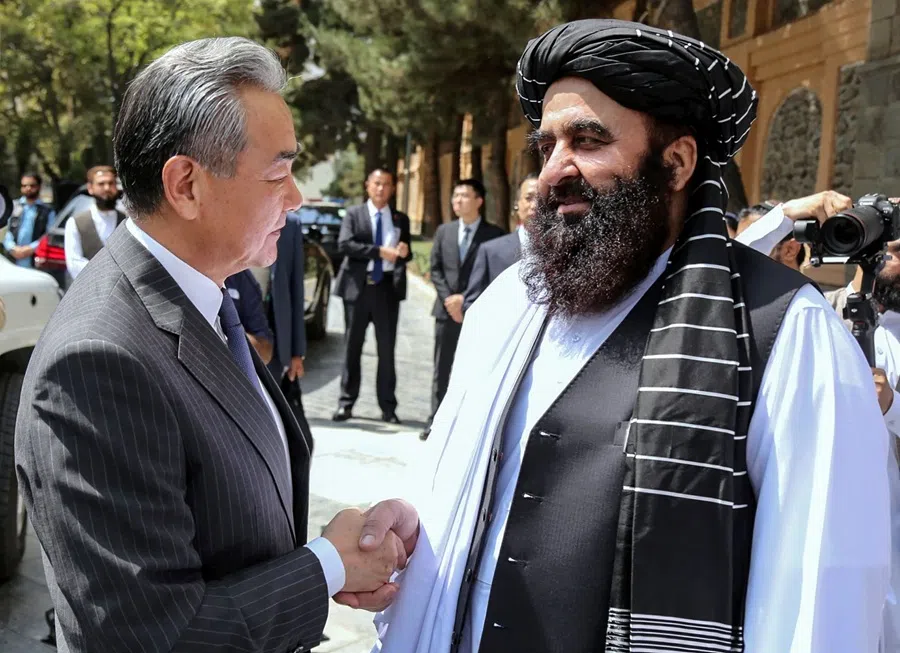
Secondly, China’s ambitious and key strategic projects, such as the China-Pakistan Economic Corridor (CPEC), have been affected by the militancy in Pakistan, including the separatist groups’ operations out of the Khyber Pakhtunkhwa province. The regular attacks on Chinese workers and investments in Pakistan remain a significant concern for China. If they emanate from Afghanistan in any way, Beijing wants to avoid them by building a reliable partnership with the Taliban.
Thirdly, China is also actively pursuing the Taliban regime to join the Belt and Road Initiative (BRI) and explore the mining of natural resources. In August 2025, Chinese Foreign Minister Wang Yi was in Kabul to discuss a new infrastructure project.
While the security concerns remain, Wang expressed the hope that “Afghanistan will continue to make every effort to crack down on the East Turkestan Islamic Movement terrorist forces, so as to remove obstacles from and inject impetus into the further development of China-Afghanistan relations”.
China is also attempting to be a peacemaker for Afghanistan and Pakistan.
China a strategic challenge for India
Beyond bilateral relations with Afghanistan, China is also attempting to be a peacemaker for Afghanistan and Pakistan. In 2017, China envisaged and facilitated the first China-Afghanistan-Pakistan Trilateral Foreign Ministers’ Dialogue in Beijing. This began as a joint effort to tackle regional terrorism, mainly targeting Chinese investments in Pakistan, advancing cooperation under BRI and facilitating peace between Afghanistan and Pakistan. The Taliban regime has continued to engage with the forum, with the last one being held in Kabul in August 2025. Overall, China’s bilateral strategic engagement with Pakistan and the evolution of a trilateral forum present a strategic challenge for India.
In conclusion, for India, an aware and engaged Delhi with the Taliban is in the broader interests than a disengaged one. That said, the Taliban regime stands at odds with human rights, gender equality and education, yet confining that to ‘Afghanistan’s internal matter’ would not only help Delhi be aware of the Pakistani deep state-Taliban nexus, it would also help track China’s engagements.


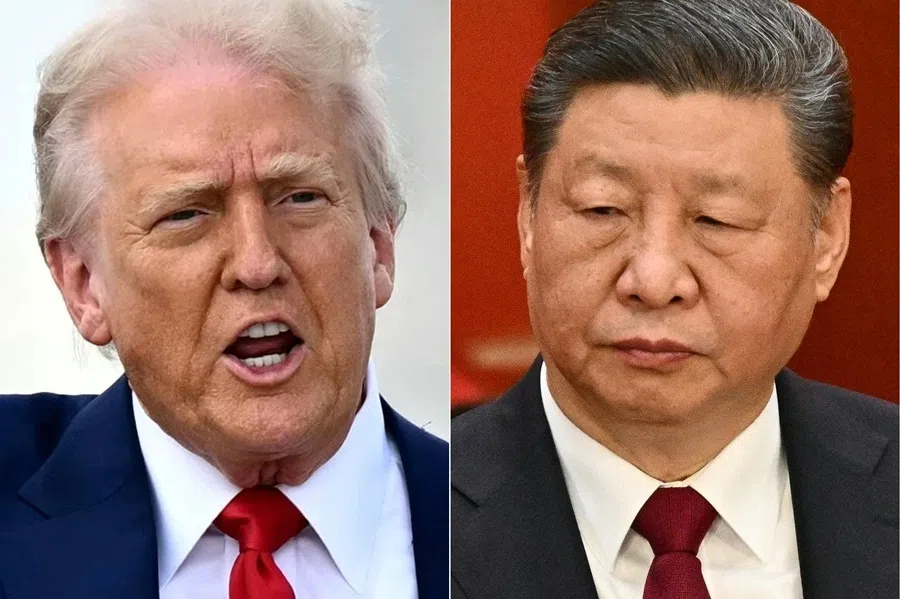

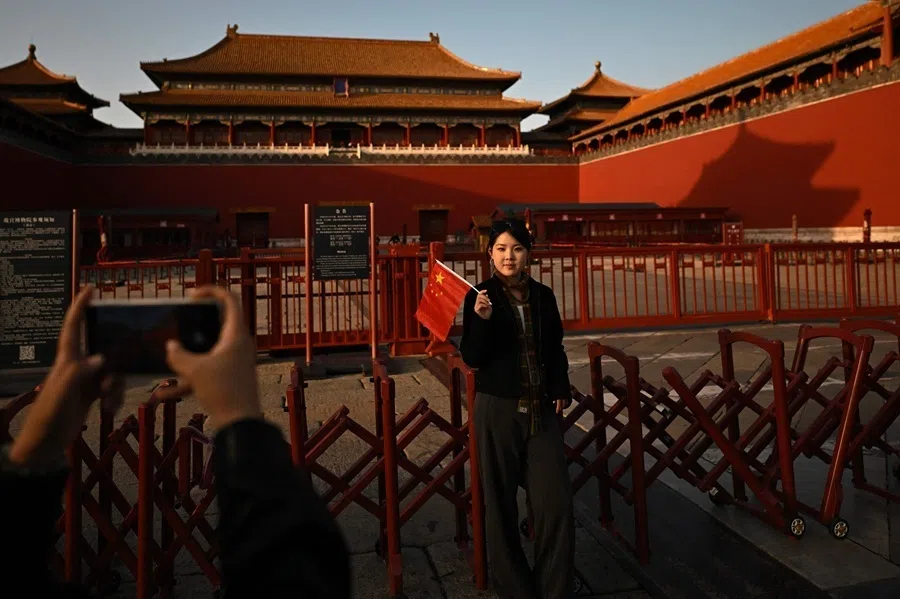
![[Vox pop] Chinese parenting: Tough love or just tough?](https://cassette.sphdigital.com.sg/image/thinkchina/b95bd53631df26290df995775a40e36709bf8dc8e3759460276abd5c426b20b6)